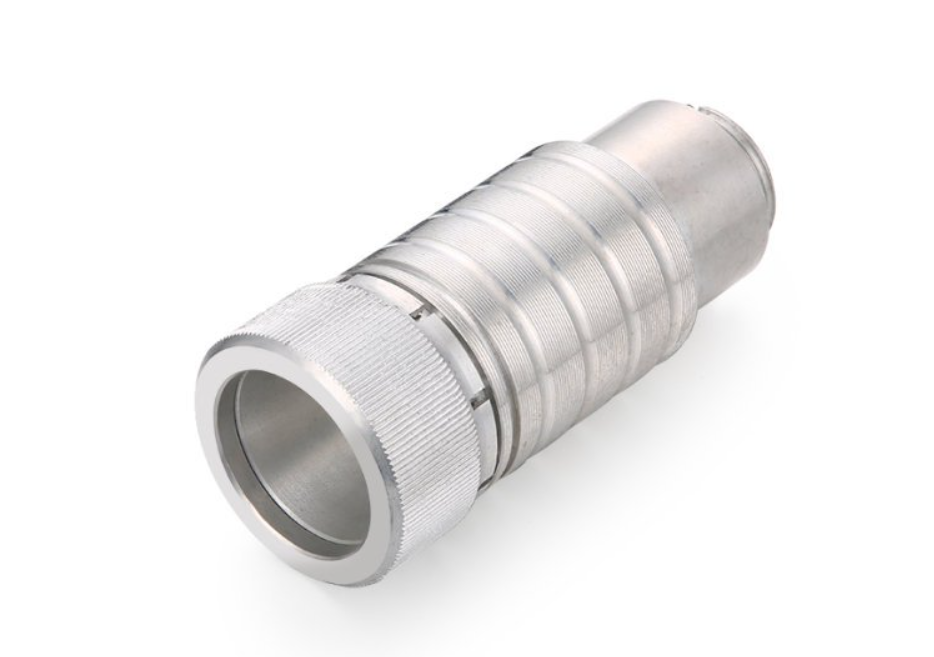Company Details
Company Details
Machining Aluminum alloy parts have the characteristics of low density, high strength and corrosion resistance. Its lightness and strength make it widely used in the processing and manufacturing of various parts, such as automobile wheels, aviation parts and other aspects of technology and life. SCZY is accurate to tell you about the machining points of aluminum alloy thin-walled parts.
The points of Machining Aluminum alloy thin-walled parts
The selection of the precision benchmark of aluminum alloy thin-walled parts should be as smooth, smooth and large as possible. The flash, burr and residual raised parts of the pouring riser on the benchmark surface should be removed to ensure accurate positioning and reliable clamping. . Precision benchmarks should be consistent with design benchmarks, assembly benchmarks, and measurement benchmarks. In the process, the stability, positioning accuracy, clamping reliability and other factors of the parts during processing should be fully considered.
Owing to the dimensional accuracy and surface roughness of aluminum alloy thin-walled parts are not easy to meet the high-precision requirements, in the process of machined aluminum alloy thin-walled parts with complex shapes, the machining allowance of each machining surface is first removed before finishing. For the rough machining of the general plane, milling is used, and for parts with special shapes, the boring machine is used for rough machining.

In order to ensure the finished dimensional accuracy and surface roughness of aluminum alloy parts, combined with the characteristics of aluminum alloys, high-precision equipment should be selected to complete the finishing of the parts, generally using boring machines, digital display milling machines or CNC Machining centers. In the finishing process, kerosene with good lubricating performance, low viscosity and good cooling performance is usually used as cutting fluid. While lubricating the tool, the cutting heat is taken away in time, the temperature of the cutting edge area of the tool and the machining surface of the part is reduced, and the temperature deformation of the part is reduced, thereby ensuring the machining accuracy and surface roughness of the aluminum alloy thin-walled parts.
Although the part positioning reference plane has been milled flat, the aluminum alloy thin-walled parts have low rigidity and are prone to clamping deformation. In order to make the flatness of the machined surface meet the design requirements and avoid the appearance of a drum-shaped surface or a wavy surface, it can be designed before machining. Appropriate clamping tooling. When clamping, add oil paper to the clamping place, and the clamping force is appropriate. Only in this way can the thin-walled aluminum alloy parts have the ideal machining accuracy and roughness.
SCZY is a long-term CNC machining manufacturer, and has accumulated rich experience in the machining of aluminum alloy accurate parts and aluminum alloy casings. It has successively provided high-standard and high-quality CNC processing products for customers in the industries of health equipment, instrumentation, precision machinery, communications, electronic appliances, and automobiles.